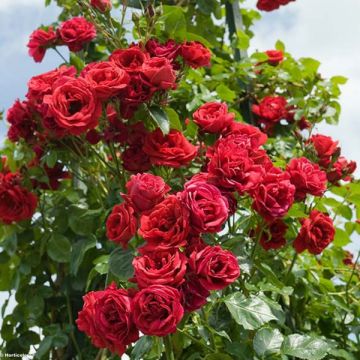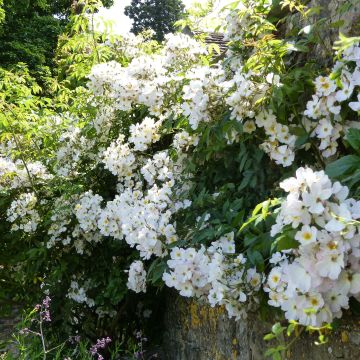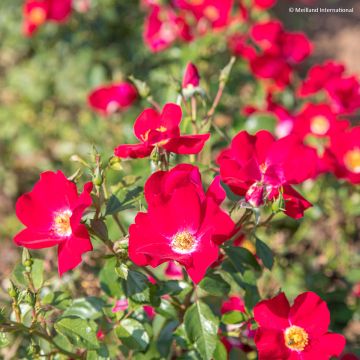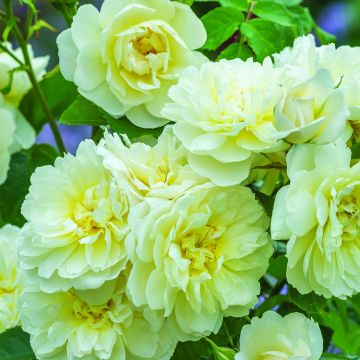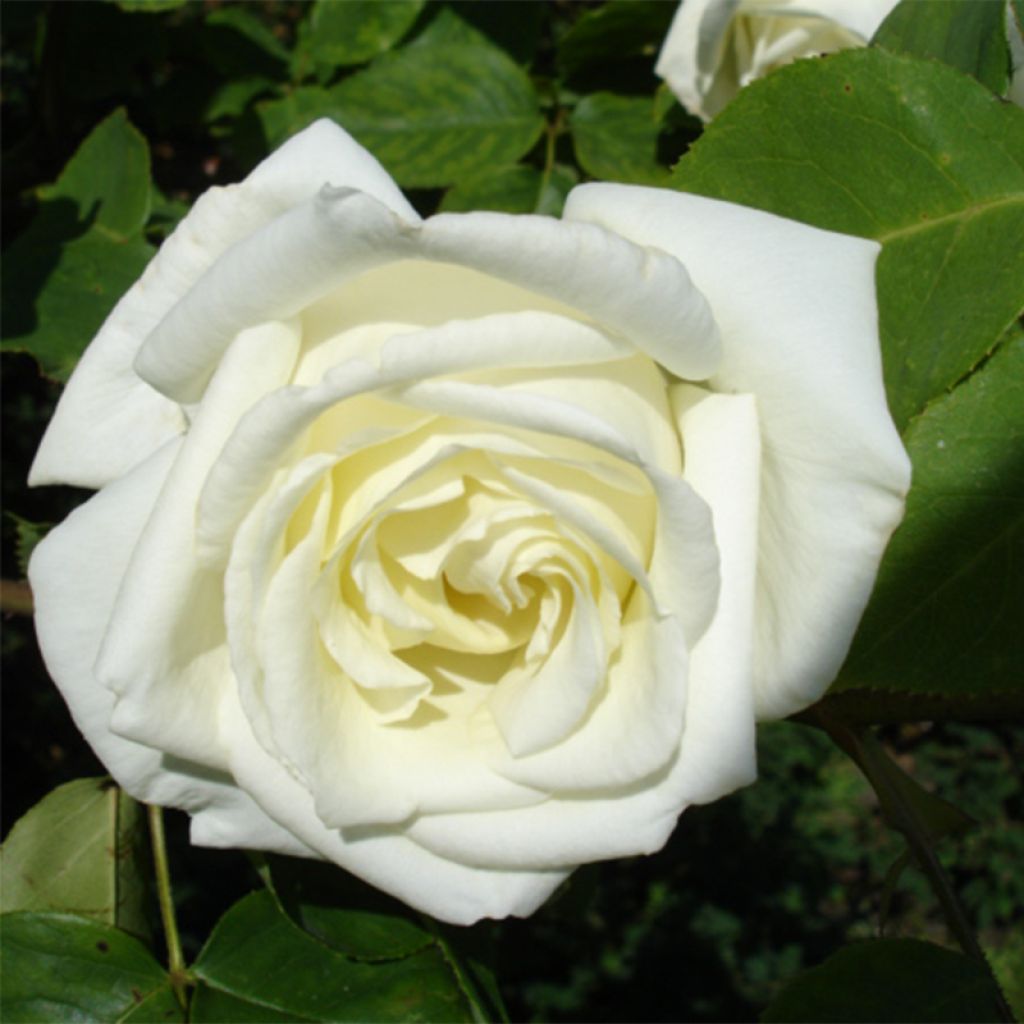

Rosa 'Paul's Lemon Pillar' - Climbing Tea Rose
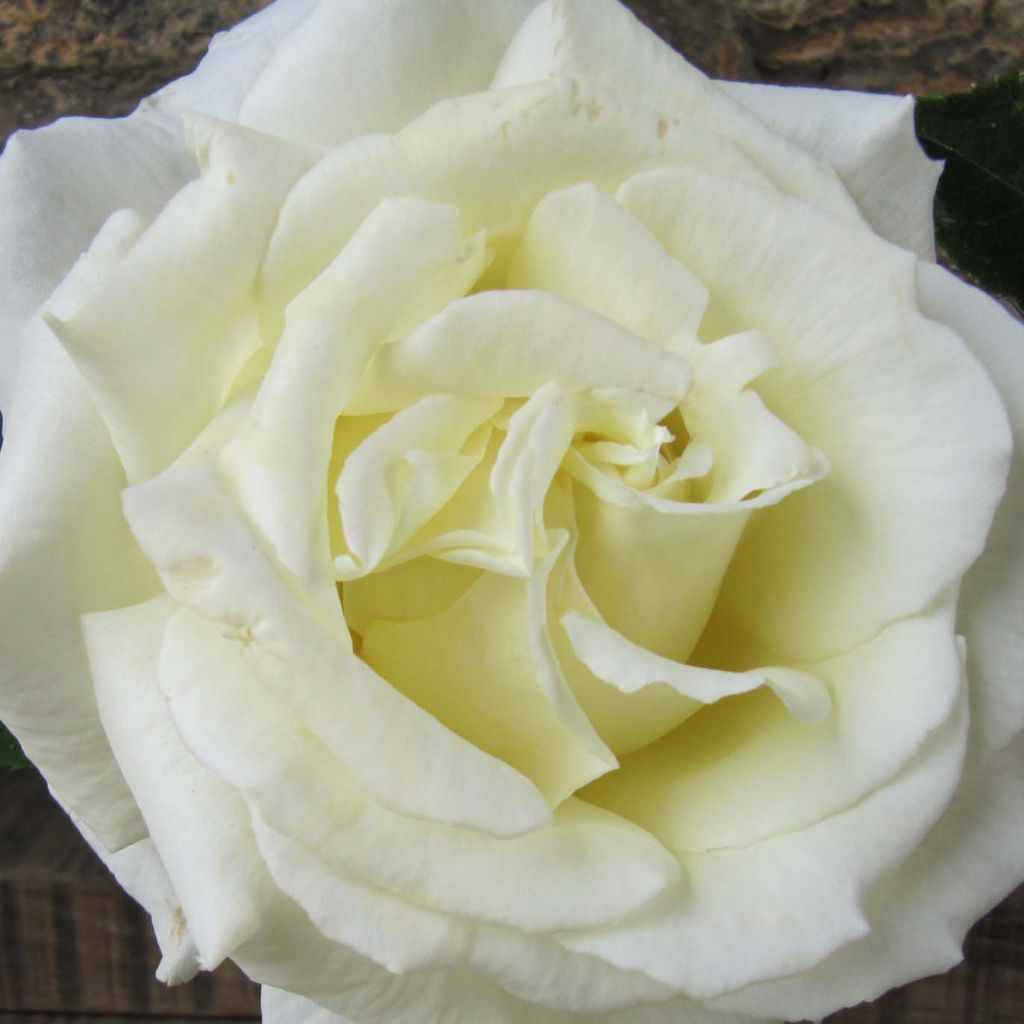

Rosa 'Paul's Lemon Pillar' - Climbing Tea Rose
Rosa 'Paul's Lemon Pillar' - Climbing Tea Rose
Rosa Paul's Lemon Pillar
Well-packaged plants and in good health.
Bea, 17/02/2024
This item cannot be shipped to the selected country
Delivery charge from €5.90
Delivery charge from €5.90
Delivery to Corse prohibited
More information
Delivery charge from €5.90
Delivery charge from €5.90
Delivery to Corse prohibited
More information
Schedule delivery date,
and select date in basket
This plant carries a 24 months recovery warranty
More information
We guarantee the quality of our plants for a full growing cycle, and will replace at our expense any plant that fails to recover under normal climatic and planting conditions.
From €5.90 for pickup delivery and €6.90 for home delivery
Express home delivery from €8.90.
From €5.90 for pickup delivery and €6.90 for home delivery
Express home delivery from €8.90.
Delivery to Corse prohibited: UE law prohibits the import of this plant from mainland France to Corse as part of the fight against Xylella fastidiosa. Please accept our sincere apologies.
More information
Does this plant fit my garden?
Set up your Plantfit profile →
Description
The Climbing Rose 'Paul's Lemon Pillar' is distinguished by its vigour and large, perfectly shaped roses, typical of hybrid tea roses. They bloom abundantly, only once, in summer, in a cloud of fragrance. An ivory colour with hints of lemon around a green-tinted heart accompanies their waxy texture. This old rose is easy to grow in all regions, as it withstands cold, heat, and shade and thrives in poor soils.
The rose 'Paul's Lemon Pillar' was obtained in 1915 by the English rose breeder William Paul, responsible for remarkable climbing varieties that have remained famous, like 'Paul's Himalayan Musk' or 'Mermaid'. Strictly speaking, 'Paul's Lemon Pillar' is not an old rose since its creation after 1867, but it is classified as such. This hybrid is part of the complex family of Rosa x Tea, the roses with large flowers. It can easily and rapidly reach a height of 4.5m (15ft) with a spread of 3m (10ft). Its long, thick, and vigorous stems are covered with thorns and have a broad foliage that is rather dark and matte green. Flowering occurs on new shoots that appear on 1-year-old branches. At blooming, this rose presents petals arranged in a turban shape, perfectly formed. Then the corolla blossoms into a rosette measuring 10cm (4in) in diameter, a stunning colour, a creamy white to ivory, slightly touched with very light lemon yellow and green at heart. The fragrance of the flowers is medium to strong, characteristic of tea roses. Flowering mainly occurs in June-July, sometimes slightly re-blooming on older plants at the end of summer. The flowers maintain their elegant shape and colour, even in rainy weather. The disease resistance of this variety is quite good.
'Paul's Lemon Pillar' is particularly interesting for bringing a touch of lushness and fragrance to shaded areas of the garden. Sturdy, undemanding, and frugal, it will thrive in all areas with some care during planting. Its significant growth allows it to cover an unsightly wall in just a few years. It will also adorn a gate, a fence, a large trellis, or even a pergola. It can be paired with a large-flowered clematis or a perpetual rose like 'Mme Caroline Testout' or 'Gloire de Dijon', which will take over its sumptuous flowering at the end of summer.
Rosa 'Paul's Lemon Pillar' - Climbing Tea Rose in pictures
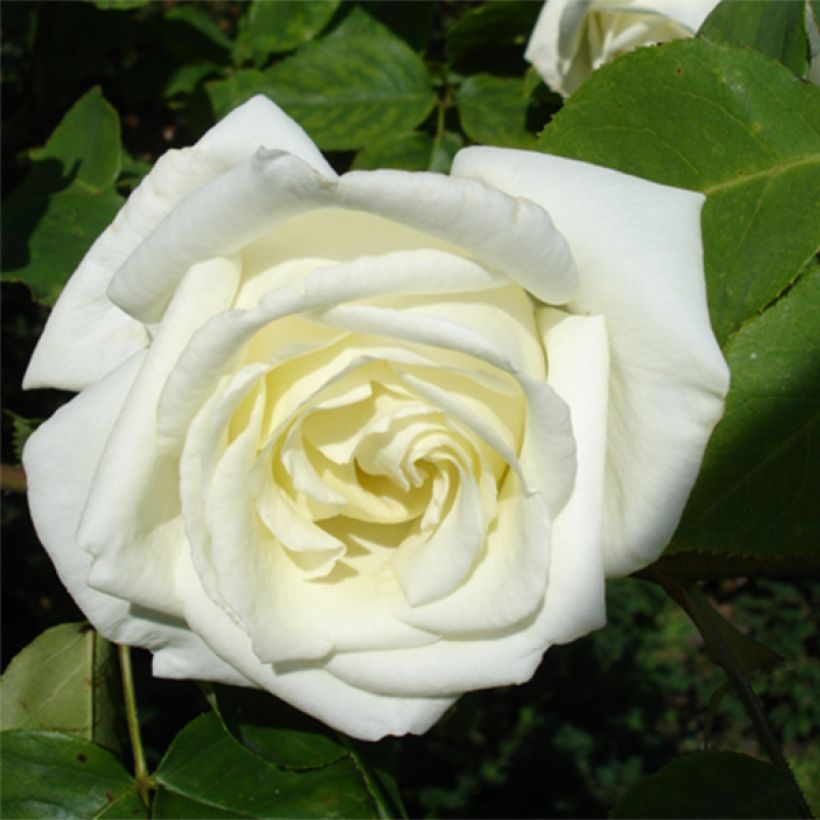

Plant habit
Flowering
Foliage
Botanical data
Rosa
Paul's Lemon Pillar
Rosaceae
Cultivar or hybrid
Rosa canina Laxa (4L/5L pot, Wrapped bare root)
Other Roses A to Z
Planting and care
The 'Paul's Lemon Pillar' rose is a versatile plant that can thrive in various soil types, including heavy and fertile or sandy and poor soil. However, it is essential to take care of the planting process, provide enough water at the beginning, and ensure that the plant receives sufficient nourishment. You can plant it in well-drained soil that has been adequately prepared in a sunny, partially shaded, or shaded location, especially in a warm climate. It is best to plant it in autumn and avoid planting during freezing weather.
If you plan to grow a climbing rose next to a living tree, be aware that the rose's root system may compete with the tree's already-established roots. To avoid this, you can plant the rose in a large container with a perforated bottom at the base of the tree. This way, the tree's root system will not penetrate the container for at least a year, giving the rose ample time to develop its root system. After one year, you can remove the container, for example, by cutting one side, without disturbing the rose's root system. This will make the rose more resilient.
The 'Paul's Lemon Pillar' rose is a hardy plant that can tolerate temperatures as low as -20°C (-4°F).
Roses may appear stained or unsightly at the end of summer, but this does not affect their development. These marks are natural and pose no harm to the roses.
Planting period
Intended location
Care
Haven't found what you were looking for?
Hardiness is the lowest winter temperature a plant can endure without suffering serious damage or even dying. However, hardiness is affected by location (a sheltered area, such as a patio), protection (winter cover) and soil type (hardiness is improved by well-drained soil).

Photo Sharing Terms & Conditions
In order to encourage gardeners to interact and share their experiences, Promesse de fleurs offers various media enabling content to be uploaded onto its Site - in particular via the ‘Photo sharing’ module.
The User agrees to refrain from:
- Posting any content that is illegal, prejudicial, insulting, racist, inciteful to hatred, revisionist, contrary to public decency, that infringes on privacy or on the privacy rights of third parties, in particular the publicity rights of persons and goods, intellectual property rights, or the right to privacy.
- Submitting content on behalf of a third party;
- Impersonate the identity of a third party and/or publish any personal information about a third party;
In general, the User undertakes to refrain from any unethical behaviour.
All Content (in particular text, comments, files, images, photos, videos, creative works, etc.), which may be subject to property or intellectual property rights, image or other private rights, shall remain the property of the User, subject to the limited rights granted by the terms of the licence granted by Promesse de fleurs as stated below. Users are at liberty to publish or not to publish such Content on the Site, notably via the ‘Photo Sharing’ facility, and accept that this Content shall be made public and freely accessible, notably on the Internet.
Users further acknowledge, undertake to have ,and guarantee that they hold all necessary rights and permissions to publish such material on the Site, in particular with regard to the legislation in force pertaining to any privacy, property, intellectual property, image, or contractual rights, or rights of any other nature. By publishing such Content on the Site, Users acknowledge accepting full liability as publishers of the Content within the meaning of the law, and grant Promesse de fleurs, free of charge, an inclusive, worldwide licence for the said Content for the entire duration of its publication, including all reproduction, representation, up/downloading, displaying, performing, transmission, and storage rights.
Users also grant permission for their name to be linked to the Content and accept that this link may not always be made available.
By engaging in posting material, Users consent to their Content becoming automatically accessible on the Internet, in particular on other sites and/or blogs and/or web pages of the Promesse de fleurs site, including in particular social pages and the Promesse de fleurs catalogue.
Users may secure the removal of entrusted content free of charge by issuing a simple request via our contact form.




































